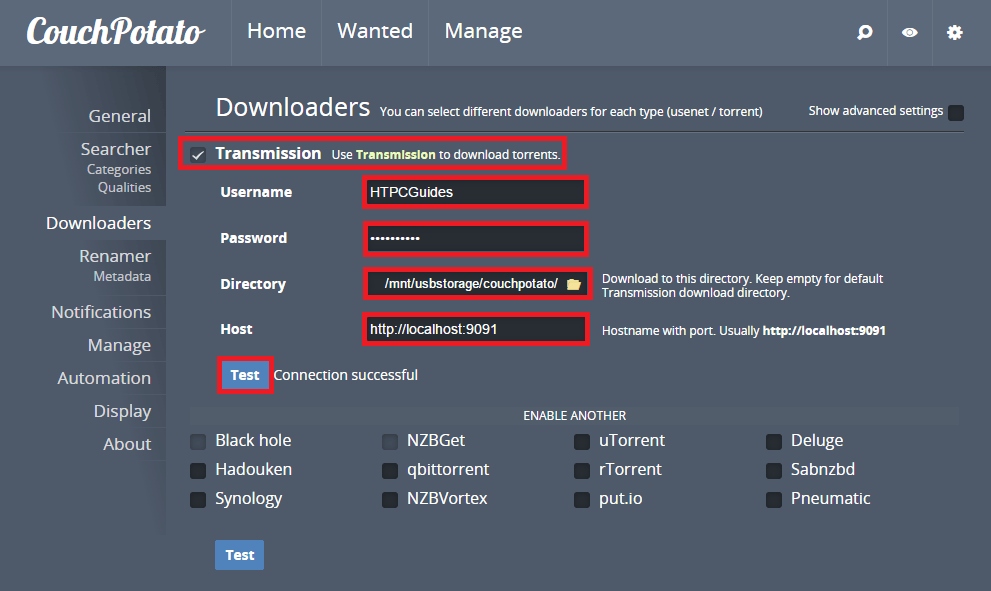

nzb files, and if you want a desktop icon created. Changed it to read “user=root” and rebooted the Drobo, the sabnzbd process is now running as root. When prompted for installation options, decide if you want SABnzbd to launch in the background when you log in, if you want it to be associated with. There’s a line in the service.sh file that reads “user=sabnzbd”. Watchtower will pull down your new image, gracefully shut down your existing container and restart it with the same options that were used when it was deployed initially. How would I go about changing the user it runs under to “root”?Įdit 4: I think I have this resolved too. With watchtower you can update the running version of your containerized app simply by pushing a new image to the Docker Hub or your own image registry. Hope this helps anyone else having trouble.Įdit 3: Ok, things aren’t quite perfect yet, sabnzbd is running as user “sabnzbd” which is causing permissions issues.


I rebooted my Drobo, checked on port 8081 and viola, SABnzbd. So I went to the SABnzbd git page and manually downloaded all files for the project into the DroboApps/sabnzbd/app folder. This placed the folder in the correct directory, but as noted all the files appeared to be empty, with 0 byte counts. I fixed that by manually navigating to DroboApps then running the script. First problem was that the provided script does not change to the DroboApps folder before installing, so the sabnzbd folder ended up in the DroboFS directory. Their sizes are all listed as zero.Įdit 2: Ok, got it working. There’s no folder for it in DroboApps, and nothing responds on 8080.Įdit: I did a little more poking around, for some reason none of the files in the sabnzbd directory seem to have anything in them.
#Sabnzbd couchpotato install#
I’m having the same problem, I’ve run the install script for SABnzbd, but it doesn’t seem to be actually installed on my Drobo.


 0 kommentar(er)
0 kommentar(er)
